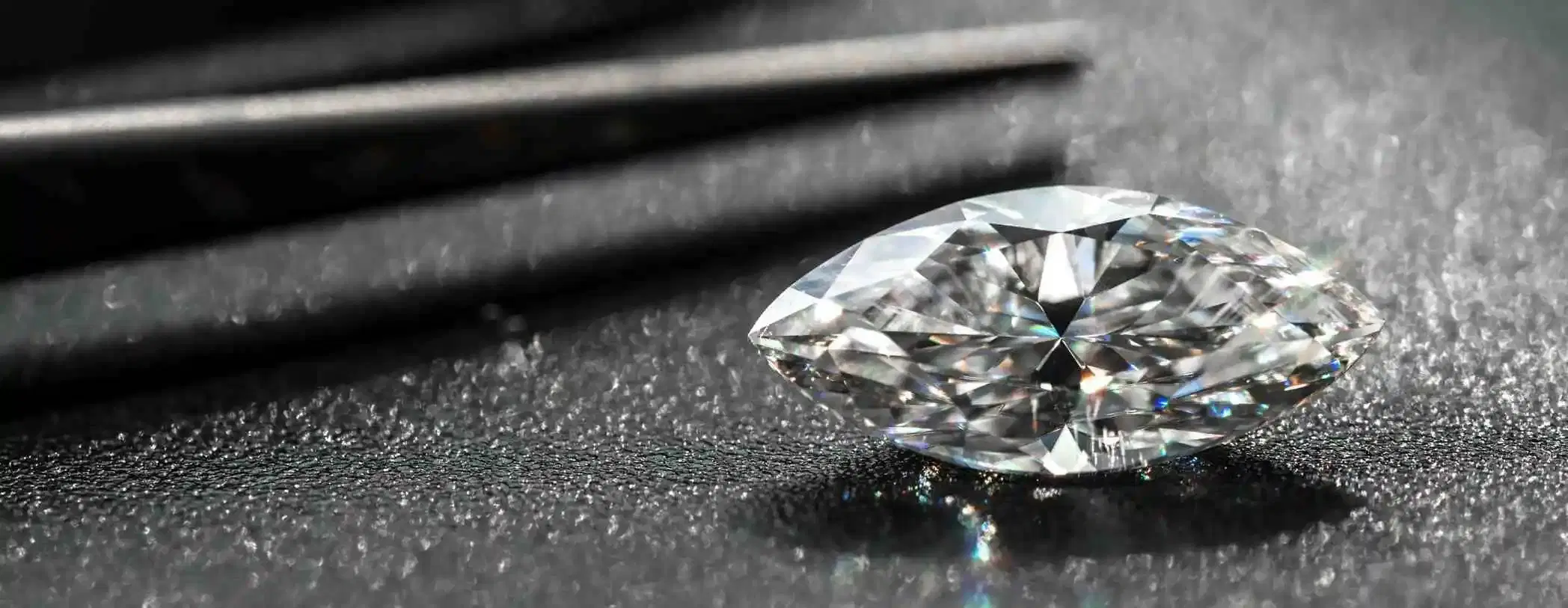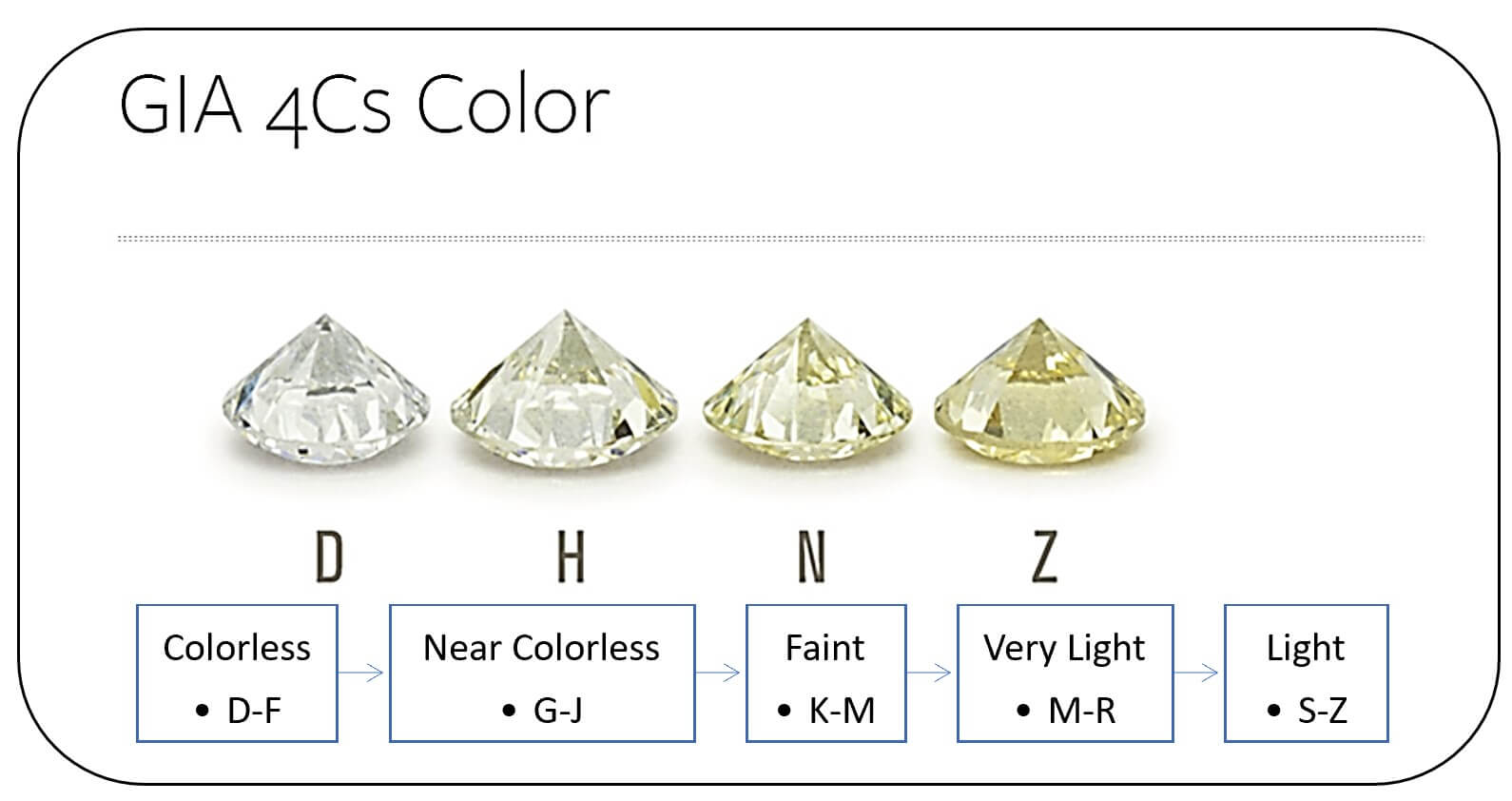Apart from the widely acknowledged 4Cs, buyers must familiarize themselves with the following pivotal aspects of an marquise cut grading report or certificate, as the image below underscores.

Watch the HD Video of this Diamond.
Measurements: This holds significant importance as it imparts to the buyer information regarding the diamond's surface size, thereby indicating its apparent size in millimeters. Furthermore, it provides the length-to-width ratio by dividing the length by the width (in the given case, resulting in a ratio of 12.54/5.99=2.08).
Fluorescence: This should be regarded as the 5th C. Given the diamond's F color grade, avoiding fluorescence is the optimal choice in this specific example. Nevertheless, strong blue fluorescence is more concerning than medium blue fluorescence. Faint is safe.
Comments: This section will showcase clarity factors and highlight whether a diamond has undergone clarity enhancement, employing methods like laser drilling or color enhancement, among others. Additionally, be attentive to comments such as "clarity grade based on clouds," which is a worrisome indicator within clarity grades of VS2 and below. The laser inscription of the report number on the girdle is positioned above the comments section, offering an optional service for added verification.
Proportions: This chart is fundamental in assessing the diamond's cut. Specifically, focus on the table percentage (57% in the provided example - excellent), depth percentage (63.8% - excellent), girdle (thin to very thick - excellent), and culet (none - excellent).
Clarity Characteristics: This section will indicate the types of inclusions and their respective locations. It proves invaluable for buyers seeking to avoid diamonds with conspicuous inclusions at the center. Furthermore, these details are also helpful in correlating the report with the diamond, as these inclusions serve as the diamond's distinctive birthmarks.




